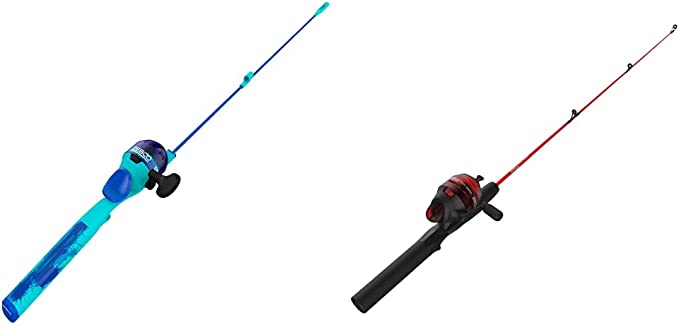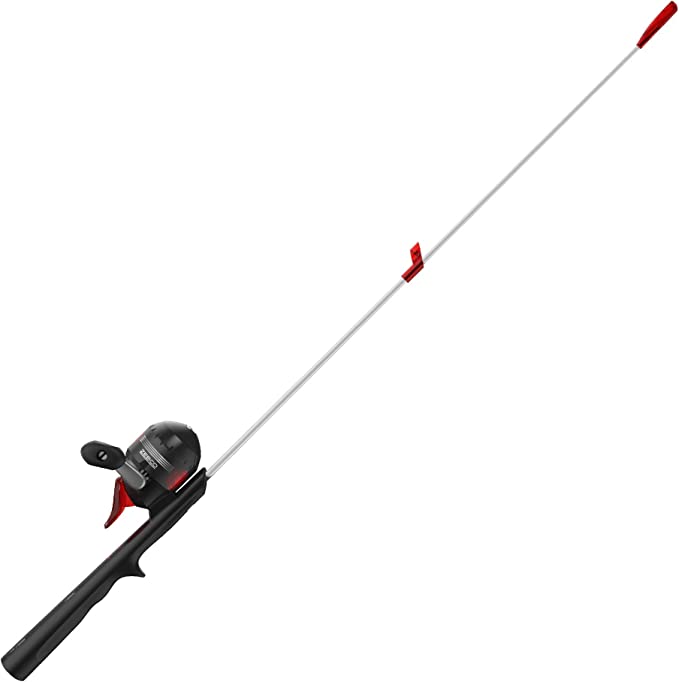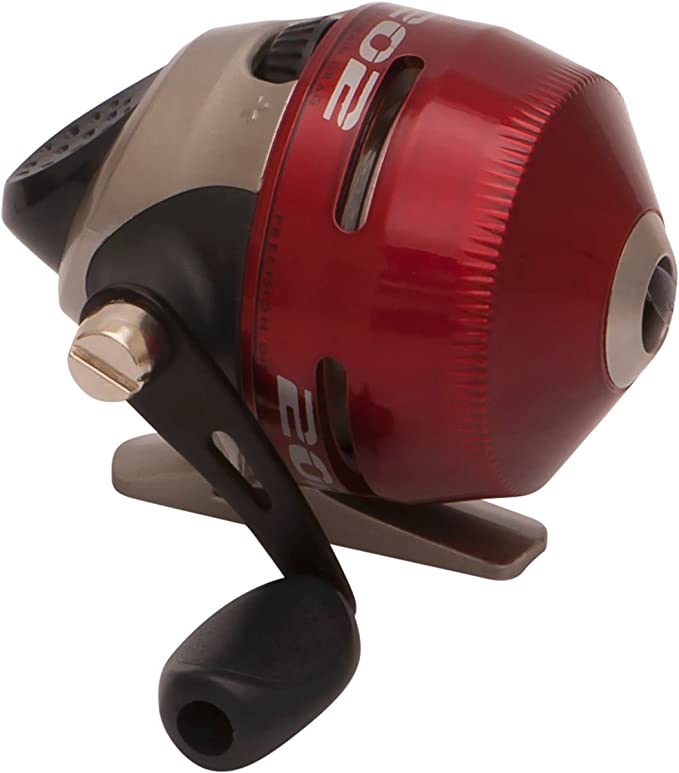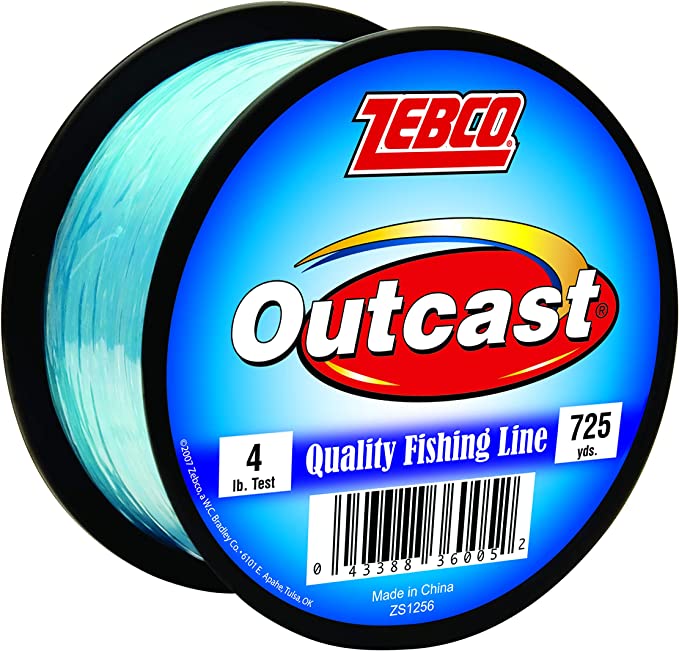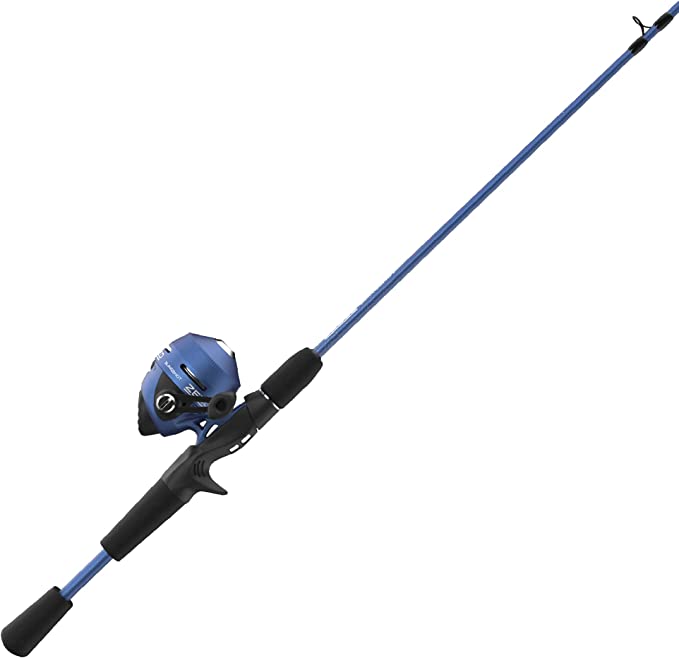The Little Engine That Could: Unpacking the Science of Your Child's First Fishing Rod
Update on Aug. 2, 2025, 11:06 a.m.
Every parent who has ever tried to teach a child to fish knows the moment. It’s not the triumphant grin of a first catch. It’s the silence, followed by a frustrated sigh, and then the dreaded words: “It’s all tangled.” You look down to see the fishing line in a chaotic, knotted explosion—a “bird’s nest” of epic proportions. In that instant, a day of potential wonder teeters on the brink of becoming a lesson in despair.
But what if that frustration wasn’t an inevitable rite of passage? What if it was simply an engineering problem waiting for a solution? This is the story of how a clever design philosophy, embodied in tools like the Zebco Wilder Fishing Reel and Rod Combo, conquered that chaos. It’s a journey into the history, physics, and thoughtful engineering that transform a simple fishing pole into a child’s first, and most important, scientific instrument.
A Revolution Born from Frustration
To understand the genius of a modern beginner’s rod, we must travel back to the 1940s. Fishing reels were complex, cantankerous devices. For a novice, a clumsy cast often resulted in a backlash, where the spool spun faster than the line could fly out, creating the infamous bird’s nest. A Texas watchmaker named R.D. Hull, an avid angler himself, grew tired of this universal problem. With a watchmaker’s demand for precision, he envisioned a reel that was virtually mistake-proof.
His solution, patented in 1949, was revolutionary. He enclosed the spool in a cone-shaped cover, added a simple push-button to release the line, and created a pickup-pin system to retrieve it. It was the birth of the spincast reel. This wasn’t just a new product; it was a new paradigm. His employer, the Zero Hour Bomb Company (a name rooted in their primary business of electric bombs for oil exploration), saw the potential. They shifted their focus, renamed themselves Zebco, and a legend was born. The spincast reel democratized fishing, making it accessible to millions of families, children, and casual anglers who simply wanted to enjoy a day by the water without a course in mechanical engineering.
The Physics of a Perfect Launch
When a child picks up the Zebco Wilder, they are holding the legacy of Hull’s invention. The act of casting, which seems so simple, is a beautiful lesson in basic physics. The 4‘3” durable fiberglass rod is more than just a stick; it is an energy storage device. As a child draws the rod back, it bends, loading up with potential energy, much like a drawn bow. As basic physics tells us, materials like fiberglass have excellent elasticity, meaning they want to return to their original shape.
The magic is in the release. The spincast reel’s simple button allows a child to release the line at the perfect moment. As they swing the rod forward, that stored potential energy is converted into kinetic energy, whipping the lure through the air. The rod’s “Moderate Action” means it bends in a deep, parabolic arc, creating a smooth, catapult-like effect that is incredibly forgiving of imperfect timing. It’s a lever, a spring, and a launcher, all working as one to turn a simple motion into a successful cast.
A Symphony of Simple Mechanics
Once the line is in the water, the reel’s internal machinery takes over. This is where a symphony of simple, robust mechanics ensures a positive experience. The Wilder features all-metal gears with a 4.3:1 gear ratio. Think of this like the middle gear on a bicycle. For every one turn of the handle, the spool inside spins 4.3 times. This provides a perfect balance of speed—enough to keep the line tight—and torque, the rotational force needed for a child to confidently reel in a feisty bluegill without feeling overwhelmed.
Two other features are quietly brilliant. The QuickSet Anti-Reverse is an instant, one-way brake on the handle. When a child feels a bite, any backward movement in the handle is eliminated. This means all their reeling force is immediately transferred to the line, ensuring a solid “hook set.” Then there is the dial-adjustable drag system. This is an engineered safety net. It’s essentially a friction clutch that allows the line to slip if a fish pulls harder than the 6-pound Cajun fishing line can handle. It teaches a fundamental lesson: sometimes, you win by strategically letting go.
Engineered for Little Hands, Big Adventures
Beyond the internal science, the entire package is an exercise in ergonomics. The sub-one-pound weight and 4‘3” length are meticulously proportioned for the balance and strength of a 6-to-9-year-old. It feels less like a cumbersome tool and more like a natural extension of their arm.
And in a nod to the realities of modern family adventures, there’s the built-in carabiner. This is more than a novelty; it’s a stroke of design genius. It acknowledges that the journey to the fishing spot—whether a hike along a creek or a bike ride to a neighborhood pond—is part of the experience. It allows a child to proudly carry their own gear, fostering a sense of responsibility and independence.
Ultimately, a tool like the Zebco Wilder is more than the sum of its parts. It’s a legacy of an inventor who hated tangles. It’s a tangible lesson in physics. It’s a confidence-building machine engineered to replace frustration with fascination. It is the little engine that could, and still does, clear the path for a lifetime of memories, one successful cast at a time.
